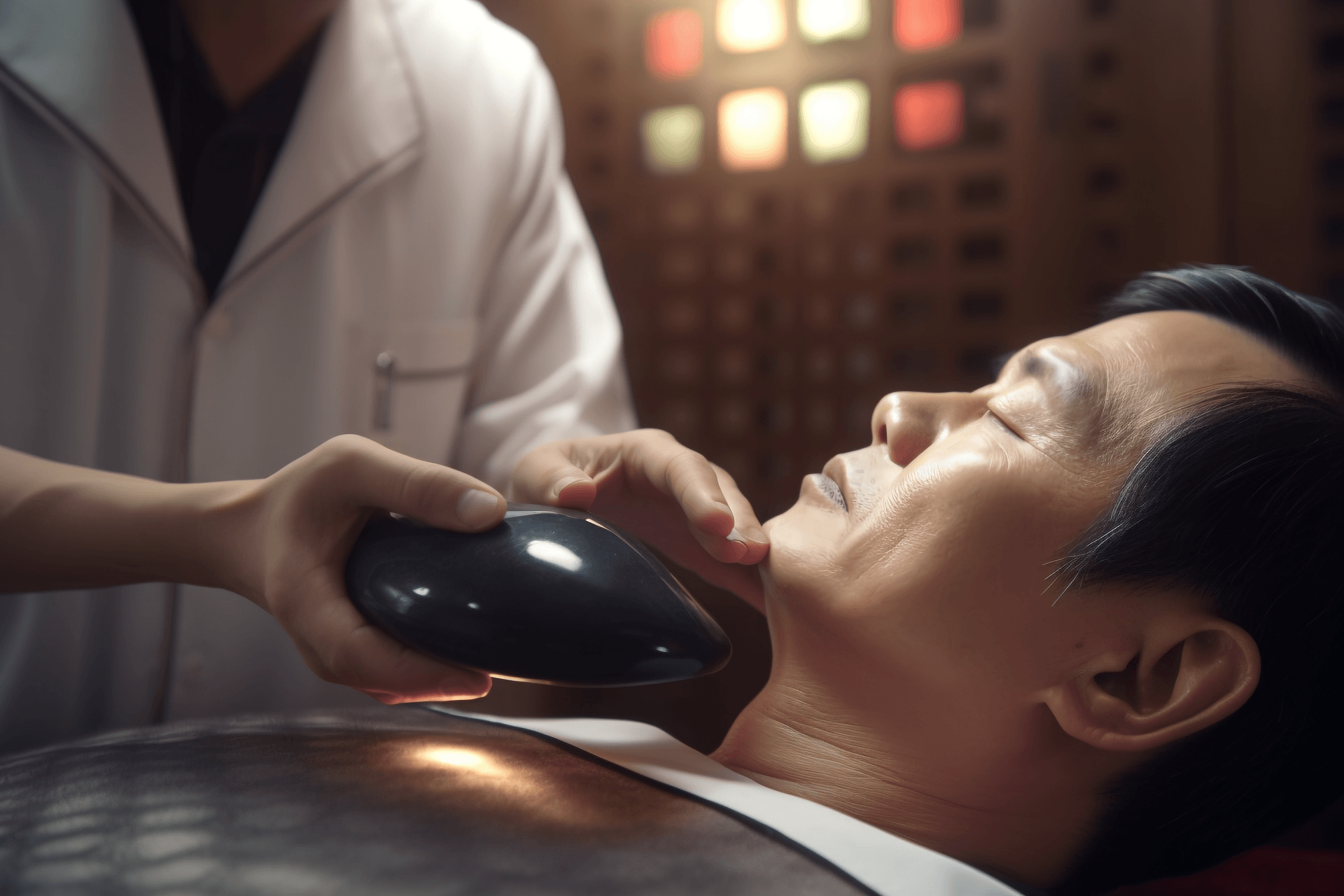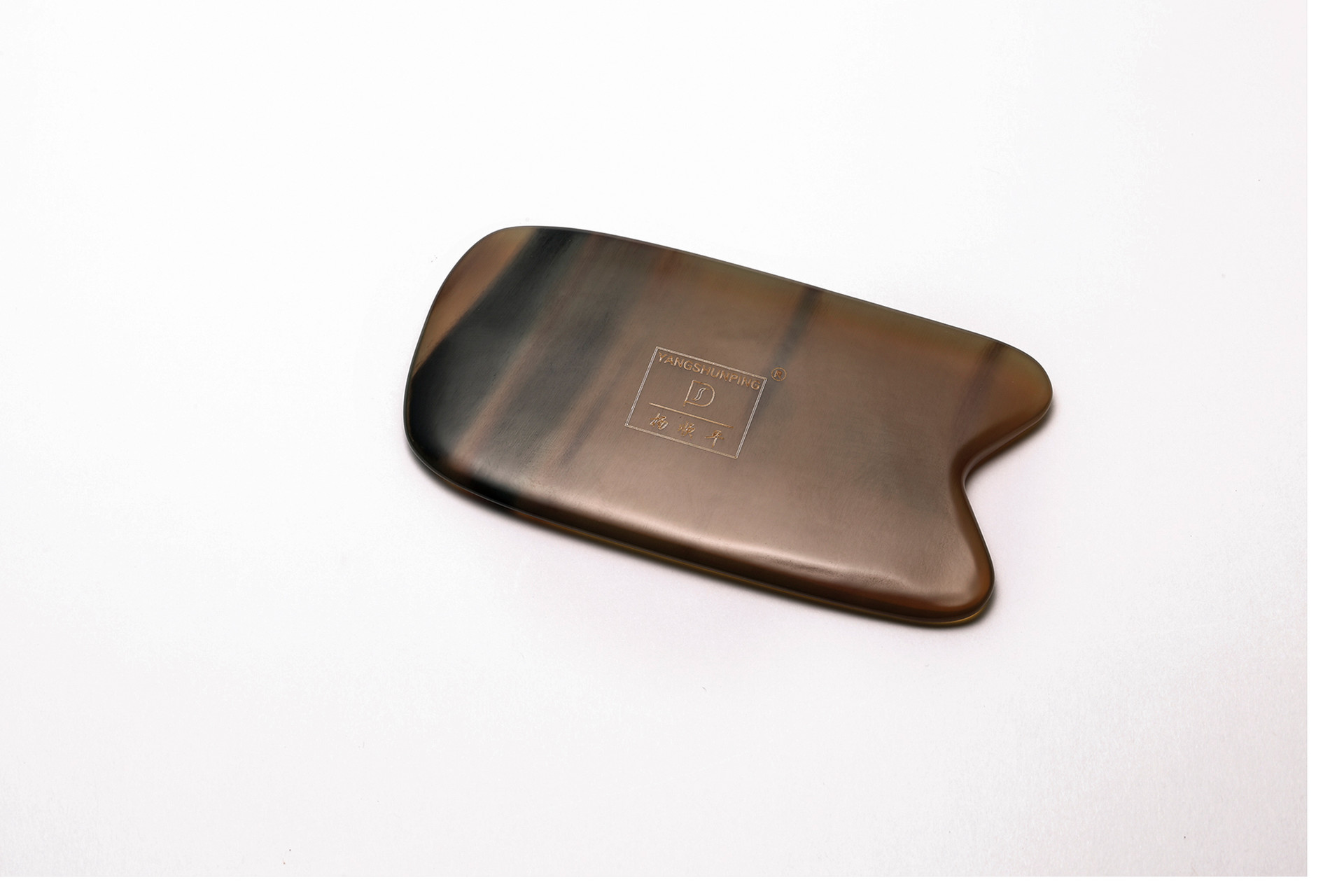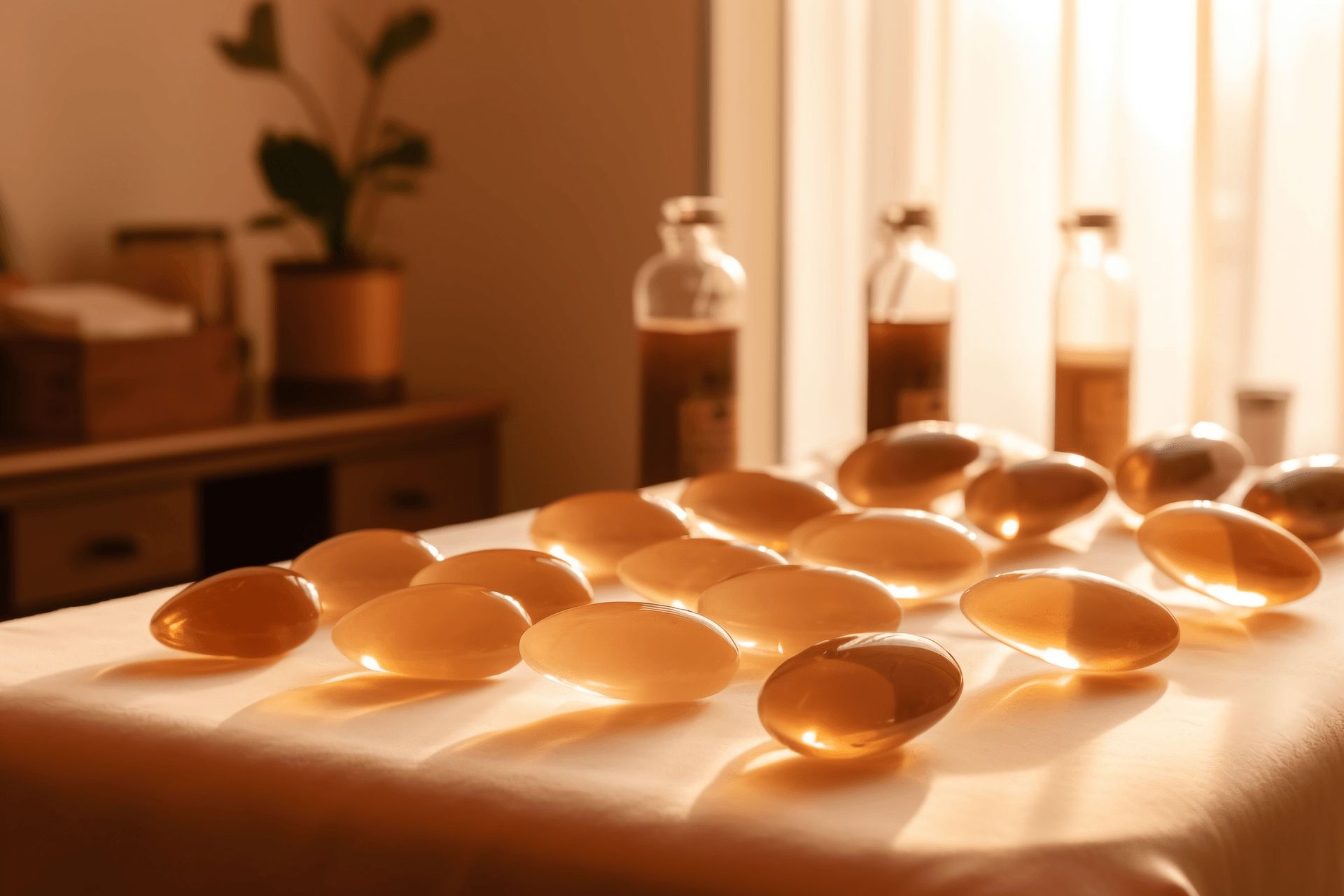Life often leaves many wondering what to do about lower back pain and soreness. This is surely a concern for the majority of individuals. However, in daily life, there are many small methods to help alleviate such discomfort. Unfortunately, many people are unaware of them. One example is gua sha therapy for treating lower back pain and soreness. Today, let's explore together through this article in hopes that it can assist everyone after learning about it.
Dealing with Lower Back Pain and Soreness
The characteristics of lower back pain caused by different conditions vary greatly, as does the way it manifests. Some are caused by spinal injuries or protruding discs due to long-term heavy lifting, presenting either suddenly or chronically. The pain can be severe, but it can be relieved through rest. As age increases, individuals over 50, for example, may often experience lower back pain, especially in the morning. Some mild activity can alleviate it, but excessive labor can exacerbate the pain. This is a common symptom of degenerative spine disease.
I. What to Do About Lower Back Pain: Relax and Stretch the Lower Back
Many office workers suffer from lower back pain. This is because the body tends to adopt a stiff posture when maintained for long periods. After prolonged sitting, it's essential to relax and relieve the tension in the lower back and body to avoid excessive strain.
II. What to Do About Lower Back Pain: Pay Attention to Lifestyle
Obese individuals naturally burden their lower back more, making them prone to injury. Therefore, losing weight appropriately can reduce the burden on the lower back. Choose a firmer mattress as it supports the lower back, and avoid sleeping on your stomach. When lifting heavy objects, keep them close to your body, avoid bending or twisting, and be cautious when doing so. Maintaining a cheerful mood and avoiding prolonged physical and mental exhaustion are also important principles for preventing lower back pain. Try to relax during work.
III. What to Do About Lower Back Pain: Choosing the Right Treatment Method is Key
The causes of lower back pain mainly include external factors, internal injuries, or falls. Pain from external factors manifests quickly and is noticeable; internal injuries are more common in cases of kidney deficiency. In cases of falls, the pain site is obvious and often accompanied by bruising. Common treatments include dietary adjustments along with acupuncture, massage, plasters, cupping therapy, medication, and other comprehensive treatment methods.
Lower back pain caused by kidney deficiency should primarily be treated by tonifying the kidneys. Commonly used herbs include cinnamon, Chinese yam, and wolfberry. Acute lower back pain should be treated promptly, with subsequent attention to recuperation and rest. For chronic lower back pain, focus on keeping warm in daily life, avoiding lower back injuries, regularly massaging the lower back, and practicing Tai Chi, a health-preserving exercise.
IV. What to Do About Lower Back Pain: Dietary Adjustments
Lower back pain sufferers can pay attention to their diet. For example, stewing pig kidney with Chinese wolfberry leaves, stewing pig kidney and walnut kernels with black beans, and making eel soup by cutting the eel into segments and boiling it with salt for seasoning.
Gua Sha Therapy for Treating Lower Back Pain and Soreness
Lower back pain and soreness are experiences shared by many, with varying frequencies and durations, causing considerable trouble in work and life. There are multiple reasons for lower back pain, including chronic muscle injuries, inflammation, osteophyte formation, and kidney deficiency. Gua sha therapy can improve blood circulation in the lower back, promote meridian circulation, relieve lower back muscle spasms, delay lumbar spine aging, and prevent lumbar spine diseases.
Today's society operates at a fast pace with high levels of stress, resulting in reduced physical activity. Many young people experience lower back pain and soreness at the age of 20, and as they age, these symptoms may worsen. Statistics show that 80% of people worldwide experience lower back pain to some extent.
Posture is a crucial factor in determining the health of the lower back. Incorrect posture is the primary cause of lower back problems, typically leading to irreversible degenerative changes in the spine's bones and joints, muscle imbalances and tension, and lax or overly tense ligaments, all of which can cause lower back pain.
Therefore, in daily life, incorrect postures such as sitting, standing, walking, or sleeping incorrectly, prolonged sitting at a desk, using the internet, watching TV, and so on, can cause lower back pain and discomfort, making the individual very uncomfortable. Once this situation arises, it will worsen over time.
```







